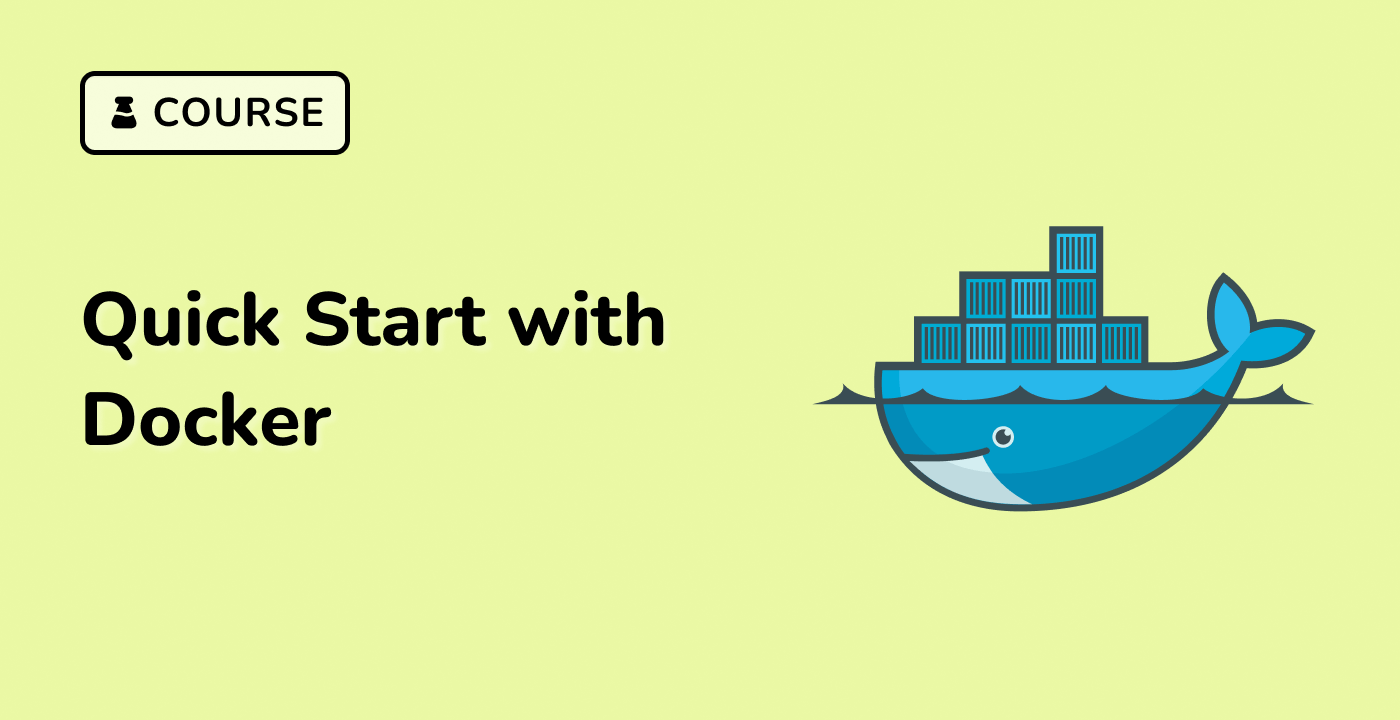Containerizing and Deploying the Java EE App
Creating a Docker Image for the Java EE Web App
To containerize your Java EE web application using Docker, you'll need to create a Docker image. Here's an example of a Dockerfile that you can use:
## Use a base image with Java and an application server
FROM openjdk:11-jdk-slim as builder
## Copy the Java EE web application WAR file into the container
COPY target/*.war /app.war
## Use a lightweight application server image as the final image
FROM tomcat:9.0-jdk11-openjdk-slim
## Copy the WAR file into the Tomcat webapps directory
COPY --from=builder /app.war /usr/local/tomcat/webapps/
## Expose the default Tomcat port
EXPOSE 8080
## Start the Tomcat server
CMD ["catalina.sh", "run"]
In this example, we use a multi-stage build process. The first stage, builder, copies the Java EE web application WAR file into the container. The second stage, tomcat:9.0-jdk11-openjdk-slim, is a lightweight Tomcat image that serves as the final image. The WAR file is then copied into the Tomcat webapps directory, and the Tomcat server is started.
Building and Running the Docker Image
To build the Docker image, run the following command in the directory containing the Dockerfile:
docker build -t my-java-ee-app .
This will create a Docker image with the tag my-java-ee-app.
To run the Docker container, use the following command:
docker run -p 8080:8080 my-java-ee-app
This will start the Docker container and map the container's port 8080 to the host's port 8080, allowing you to access the Java EE web application from your web browser at http://localhost:8080.
Deploying the Java EE App to a Docker Swarm or Kubernetes
Once you have your Java EE web application containerized and running in a Docker container, you can deploy it to a Docker Swarm or Kubernetes cluster for scalability and high availability.
In a Docker Swarm, you can create a service using the docker service create command, specifying the Docker image and any necessary configuration options.
In a Kubernetes cluster, you can create a Deployment, Service, and other Kubernetes resources to manage the deployment and scaling of your Java EE web application.
graph TD
A[Java EE Web App Docker Image] --> B[Docker Container]
B --> C[Docker Swarm or Kubernetes]
C --> D[Production Environment]
By containerizing your Java EE web application and deploying it to a container orchestration platform, you can take advantage of the benefits of Docker, such as consistent deployment, scalability, and portability, to ensure the reliable and efficient operation of your enterprise-level web application.




